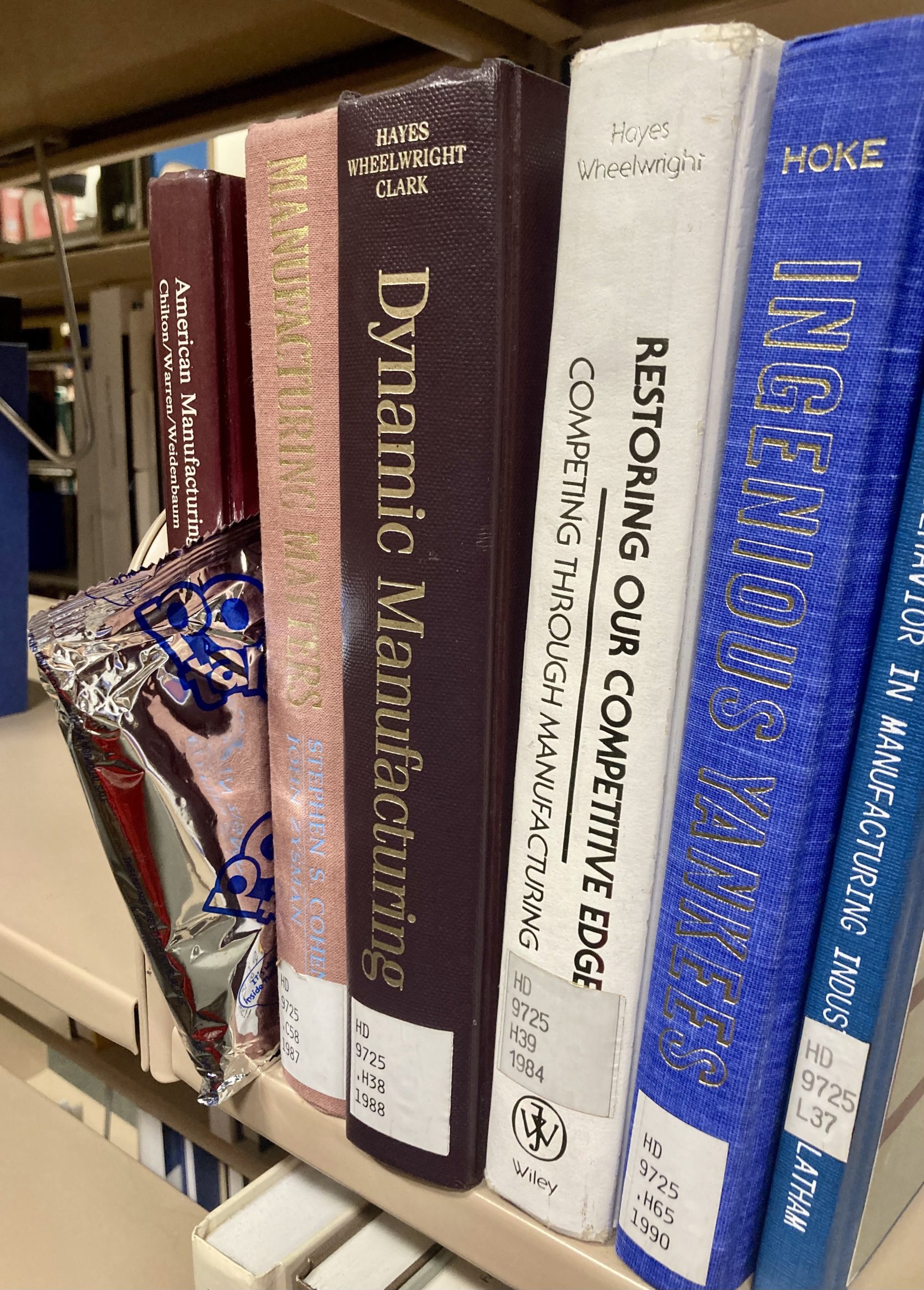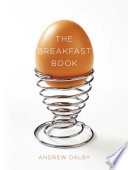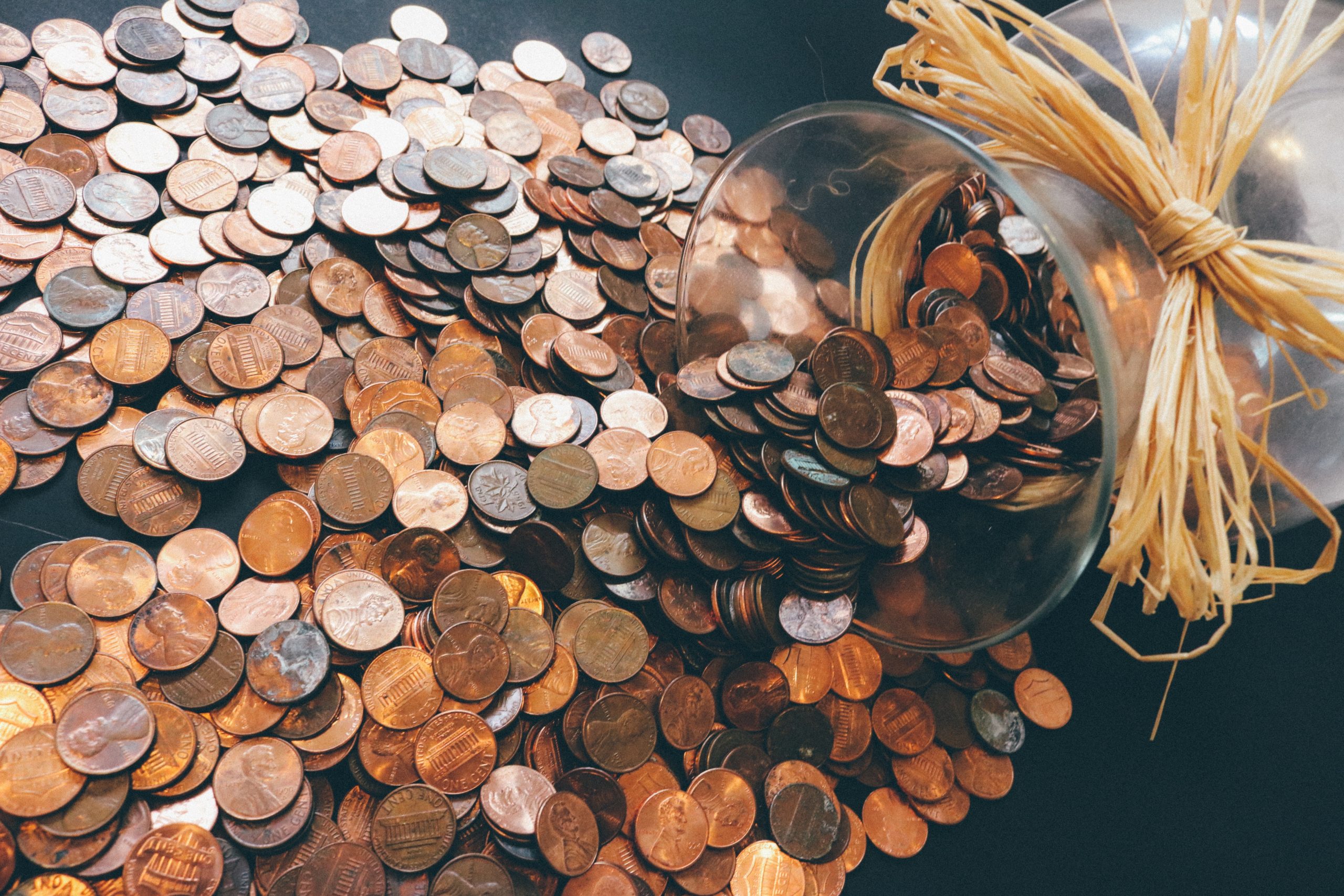Cat in the Stax: The Story of Pop-Tarts
By Ethan Shea

Pop-Tarts! They’re everyone’s favorite breakfast treat.
Although they’re traditionally meant for mornings I personally believe it’s always time for a Pop-Tart.
After learning I share a birthday with Pop-Tarts, as the company was founded on Sept. 14, I couldn’t resist writing this week’s Cat in the Stax on the history of one of my favorite snacks.
The story of Pop-Tarts begins in 1963 when Kellogg thought of a treat that was going to be called “Fruit Scone.” Luckily, that name didn’t stick, and Pop-Tarts replaced the lackluster title before the product’s official launch in 1964. The name Pop-Tarts originated as a pun on the Pop-Art movement of the sixties.
The very first Pop-Tarts were released in Cleveland, Ohio with their four signature flavors: blueberry, strawberry, brown sugar cinnamon, and apple-currant. No one seemed to know what a currant was, so Pop-Tarts were quick to drop that name from their lineup.
Part of what made Pop-Tarts so successful were their advertisements. In the 1970s, Milton the Toaster became a beloved mascot for the brand. However, Milton’s time with Pop-Tarts did not last long.
Interestingly, the Frosted Pop-Tarts we know and love were not released until 1967, as frosting that could withstand the heat of a toaster was yet to be developed at the time of the treat’s initial release.

The Breakfast Book by Andrew Dalby
It may have taken 37 years, but the weaponization of this breakfast snack was inevitable. In 2001, the United States military dropped 2.4 million Pop-Tarts over Afghanistan during their attack on the country.
The U.S. government claims this choice was made to introduce civilians to American food, fight hunger, and make a case for America’s good intentions in the region. I don’t think Pop-Tarts cancel out bombs, but the political and military use of the product is nonetheless fascinating.
Although I think Pop-Tarts need not be limited to breakfast, the snack is prominently associated with the most important meal of the day. Here at Falvey, there are several texts with all sorts of information on breakfast that may change the way you look at your morning meals. Here are just a few:
- Breakfast: Nutrition, Consumption and Health Benefits
- The Breakfast Book
- The English Breakfast: The Biography of a National Meal, with Recipes
- The Art of Breakfast: How to Bring B & B Entertaining Home
Make sure you comment your favorite Pop-Tarts flavor down below … unless it’s not s’mores, which is the correct answer to that question.
 Ethan Shea is a second-year graduate student in the English department and Graduate Assistant at Falvey Library.
Ethan Shea is a second-year graduate student in the English department and Graduate Assistant at Falvey Library.



